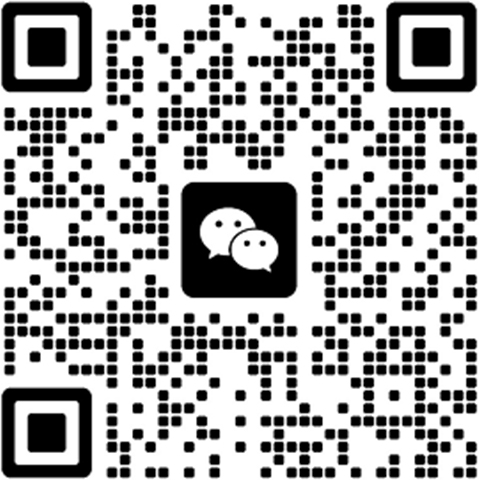How do you connect an OBD2 to your car?
2024-07-24 by UDIAG
The On-Board Diagnostics 2 (OBD2) system is a standardized system in vehicles that monitors and reports on various engine functions. It plays a critical role in modern automotive diagnostics, allowing for easy identification and rectification of issues. Understanding how to connect an OBD2 to your car is essential for vehicle owners and mechanics alike, ensuring efficient and effective maintenance and troubleshooting.
I. Understanding OBD2
The OBD2 system comprises several key components: the OBD2 port, Diagnostic Trouble Codes (DTCs), and the OBD2 scanner or code reader. The OBD2 port, typically located under the dashboard, serves as the interface for connecting diagnostic tools. The system generates DTCs, which are codes that indicate specific issues within the vehicle. There are various types of OBD2 scanners available, ranging from basic code readers to advanced scan tools and Bluetooth/Wi-Fi-enabled devices, each offering different levels of diagnostic capabilities.
II. Preparation for Connection
Before connecting an OBD2 scanner, it is important to locate the OBD2 port in your vehicle. Common locations include under the dashboard, near the steering column, or beneath the driver’s seat. Identifying the port can be done by visual inspection or by consulting the vehicle’s manual. Choosing the right OBD2 scanner involves ensuring compatibility with your vehicle and selecting a device with the necessary features and functionalities for your diagnostic needs.
III. Connecting the OBD2 Scanner
Connecting an OBD2 scanner to your car is a straightforward process. Begin by ensuring the vehicle is turned off. Locate the OBD2 port and plug in the scanner. Once connected, turn on the vehicle’s ignition to power the scanner. Follow the scanner’s instructions to establish communication with the vehicle’s computer. A successful connection will allow the scanner to access and display diagnostic information.
IV. Using the OBD2 Scanner
With the OBD2 scanner connected, you can read Diagnostic Trouble Codes (DTCs). Navigate the scanner menu to retrieve the codes, which will provide insights into any issues detected by the vehicle’s system. Interpreting these codes involves cross-referencing them with the scanner’s manual or an online database. If necessary, you can clear the DTCs after addressing the underlying problems. However, it is important to ensure all issues are resolved before clearing the codes to avoid masking unresolved problems.
V. Advanced Functions of OBD2 Scanners
Beyond reading and clearing codes, advanced OBD2 scanners offer additional functionalities. Live data monitoring allows you to view real-time data from the vehicle’s sensors, helping to diagnose performance issues and monitor various parameters. Some scanners can also perform emissions tests and check readiness monitors, ensuring your vehicle meets environmental standards and is ready for official inspections.
VI. Common Troubleshooting Tips
Connecting an OBD2 scanner may sometimes present challenges. Ensuring a proper connection involves securely plugging in the scanner and verifying compatibility with your vehicle. If issues persist, consulting the scanner’s manual or seeking assistance from a professional may be necessary. When reading and clearing codes, be cautious of misinterpretations and recurring trouble codes, which may indicate unresolved issues or deeper problems.
VII. Safety and Best Practices
Ensuring personal and vehicle safety is paramount when using an OBD2 scanner. Take precautions to avoid electrical shorts or other hazards when connecting and disconnecting the scanner. Regular diagnostic checks using the OBD2 system are recommended to maintain vehicle health and prevent major issues. Utilizing the data provided by the OBD2 system for preventive maintenance can enhance the performance and longevity of your vehicle.
Conclusion
Connecting an OBD2 scanner to your car is a valuable skill that empowers vehicle owners and mechanics to efficiently diagnose and resolve issues. By understanding the components and functions of the OBD2 system, preparing properly, and following the correct steps for connection and use, you can leverage this powerful tool to ensure your vehicle operates smoothly and reliably. Regular use of OBD2 diagnostics not only aids in troubleshooting but also promotes proactive maintenance, contributing to the overall health and performance of your vehicle.
FAQs
1. What is an OBD2 system?
The On-Board Diagnostics 2 (OBD2) system is a standardized diagnostic tool in modern vehicles that monitors and reports on various engine and emissions functions. It provides data and diagnostic trouble codes (DTCs) to help identify and fix issues.
2. Where is the OBD2 port located in my car?
The OBD2 port is typically located under the dashboard, near the steering column. In some vehicles, it may be found beneath the driver’s seat or in the center console area. Consult your vehicle’s manual for the exact location.
3. Do all cars have an OBD2 port?
All cars manufactured after 1996 in the United States are required to have an OBD2 port. This standardization allows for uniform diagnostics across different makes and models.
4. What types of OBD2 scanners are available?
There are several types of OBD2 scanners, including basic code readers, advanced scan tools, and Bluetooth/Wi-Fi-enabled devices. Basic code readers are affordable and easy to use, while advanced scan tools offer more features and functionalities.
5. How do I choose the right OBD2 scanner for my vehicle?
When choosing an OBD2 scanner, ensure it is compatible with your vehicle. Consider the features and functionalities you need, such as the ability to read and clear codes, live data monitoring, and emissions testing capabilities.
6. Can I connect the OBD2 scanner myself, or do I need a professional?
You can connect an OBD2 scanner yourself by following simple steps: locate the OBD2 port, plug in the scanner, turn on the vehicle’s ignition, and follow the scanner’s instructions. It is a user-friendly process that does not typically require professional assistance.


